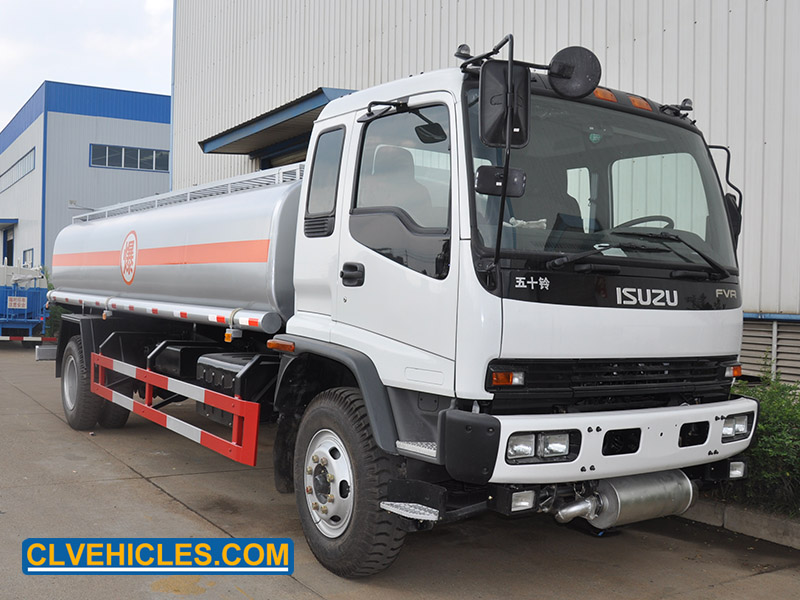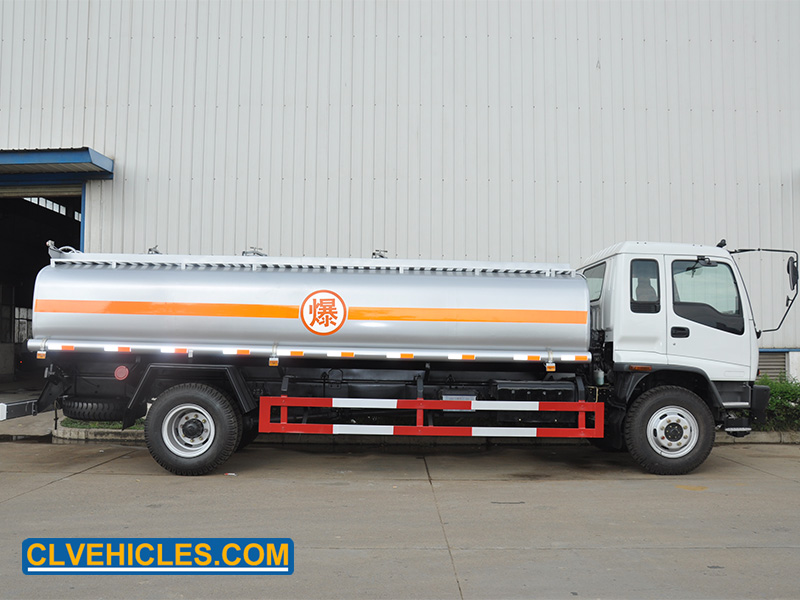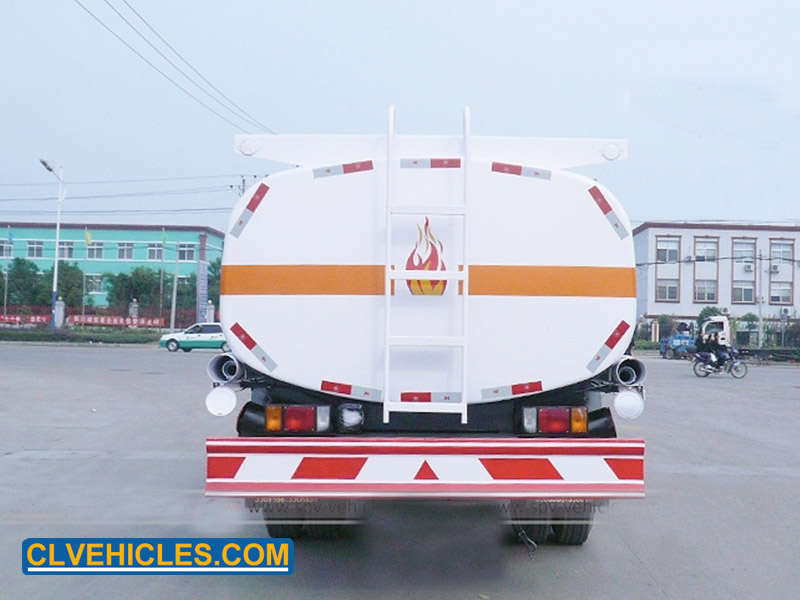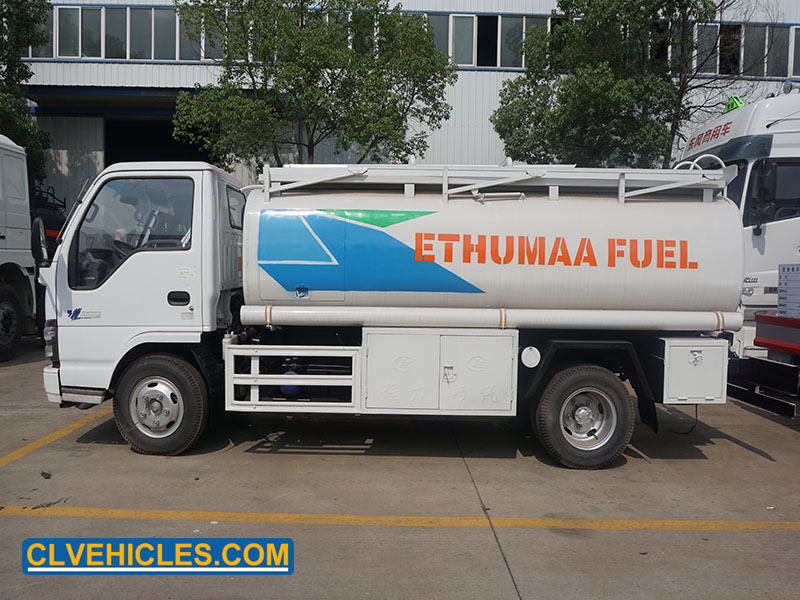Oil and gas recovery system
During the loading and unloading process of oil tank trucks, it can realize fully enclosed gas recovery and limit the emission of oil and gas into the atmosphere. While the oil tanker is unloading oil through the oil unloading pipeline, the oil vapor in the oil tank at the gas station returns to the tanker truck through the return line. The tanker truck brings the oil and gas back to the oil depot for processing to achieve the purpose of oil and gas recovery.

Subsea valve
The subsea valve series, also known as emergency shut-off valve, is installed at the bottom of the tank and can replace traditional top-loading refueling with bottom-loading refueling, making the operation easier, time-saving, safe and environmentally friendly for staff. A cutting groove is designed on the valve body. When an accident occurs on the tank truck, the cutting groove is disconnected and the pipeline under the vehicle is cut off from the tank body without affecting the sealing of the tank body. This effectively prevents oil leakage in the tank and ensures Oil tank safety.

Breathing valve
When the breathing valve tilts 70 degrees, the sealing ball in the valve tilts to form an effective seal to prevent oil leakage.
Oil dip hole
It is installed at the preparation port on the manhole cover, and can be equipped with a dipstick or liquid level meter.

Safety valve
specially designed for tank-type products such as oil tanks and chemical tanks. Different opening pressures can be set according to user needs to meet different needs. The main body is made of stainless steel, which is corrosion-resistant and highly sealable, and is suitable for various environments.

Anti-overflow sensor
Anti-overflow electronic sensor is widely used in various types of containers and tanks when they are filled with liquid in a sealed manner. It is a safety device that provides an early alarm to prevent the liquid from overflowing and leaking. It is installed on the top manhole cover of the container tank. When the oil level reaches the warning limit, the sensor will automatically alarm and shut off the brake.
评论
发表评论